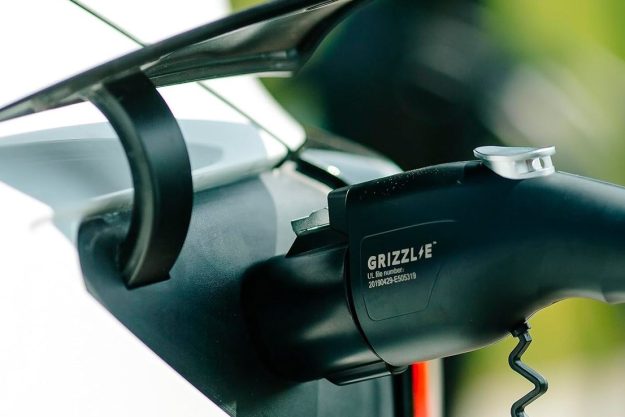With time on his hands after the sad and disheartening collapse of his once-promising hybrid-electric car company, talented vehicle designer and Fisker Karma namesake Henrik Fisker has turned his pen to designing a motorcycle — and no surprise, it’s a looker.
Danish boutique bike builder Lauge Jensen, which is headed by the son of a guy who came up with some kids’ toy called LEGO, hired Fisker to draw up the Viking Concept as a possible mass-produced cruiser for the firm, which until now has built its very limited production (and very expensive) bikes by hand.
The Viking Concept stays within the design box that describes most heavyweight cruisers — big V-twin engine, long tank, low seat, etc. — but take a closer look at Fisker’s interpretation and it’s clear this is something special. The Viking vaguely recalls the Confederate Hellcat X132, especially around the tank area, but otherwise the bike has a flowing, cohesive look most cruisers fall far short of, save for perhaps Honda’s offbeat Fury chopper.
Forward motivation comes from a Lauge Jensen-massaged 1,800cc S&S air-cooled V-Twin making 100 horsepower and likely the same number (or more) when it comes to torque output. It’s also Euro-clean 2016 Cat IV compliant, so you can ride with green pride. Six cogs in the box and a quiet belt drive should make for relaxed cruising at sane speeds.
Nice touches abound on the bike, which is not surprising considering the price is close to $60,000.
The tank, seat and rear fender flow together, while the seat appears in photos to have a zipper running down the middle. The rear fender includes a hatch or panel of some sort, which is sometimes used to hide a passenger seat. There’s no evidence of passenger pegs in the photos, however.

Instead of hanging the raw brake calipers out in the wind as is now the fashion, sleek covers that echo other shapes on the bike hide them from view. A small instrument pod rests atop the beefy triple-clamp, which holds stout, upside-down style forks guiding solid disc-type wheels.
Rear suspension appears to be mono-shock and travel is likely very limited since the rear fender practically rubs the tire even with an unladen bike. LED taillights are recessed into the back of the fender and the license plate rides on an outrigger — check with the local authorities on the legality of that placement.
Short, symmetrically staggered twin exhaust pipes vent spent gasses, and there’s a tougher-looking, blacked-out version of the Viking (see gallery above) with red wheel accents, so lets hope that is offered as well as the blue and chrome version. Both look great.
So how will it ride? With some exceptions, cruisers can be a handful to turn due to their long wheelbase and typically extended front ends, but the Viking Concept’s wheelbase and geometry looks, if not reasonable, maybe even sporty by cruiser standards. It still retains the feet-forward cruiser posture, but if Honda can make that Fury thing turn as well as it does, there’s hope the conservative setup on the Viking means it will go as good as it looks.
Fisker Automotive may indeed rise from the dead if the new Chinese owners come through on their plans. We’ll have to wait and see if Henrik can stomach an eventual return to his prodigal son. Until then, here’s hoping he keeps on designing more motorcycles.


